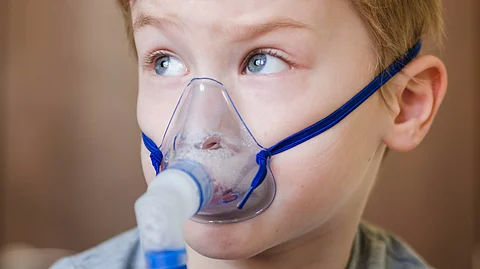“This model gives clinicians a practical tool, rooted in data, to guide that decision and ultimately improve care and outcomes.”
The study also included models predicting pneumonia severity specifically in children with pneumonia present on chest radiograph. In addition to the features noted above, researchers found that risk of more severe illness increased if multiple regions of the lung were affected.
“Our pediatric pneumonia predictive models show good-to-excellent accuracy,” said Dr. Florin. “They appear to perform better than clinician judgment alone in predicting illness severity, according to previous research from Lurie Children’s. Once externally validated, our models will provide evidence-based information for clinicians to consider when evaluating pneumonia in children.”
(Newswise/SD)


